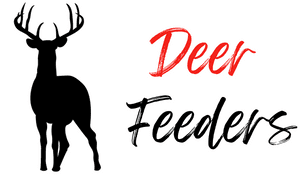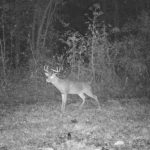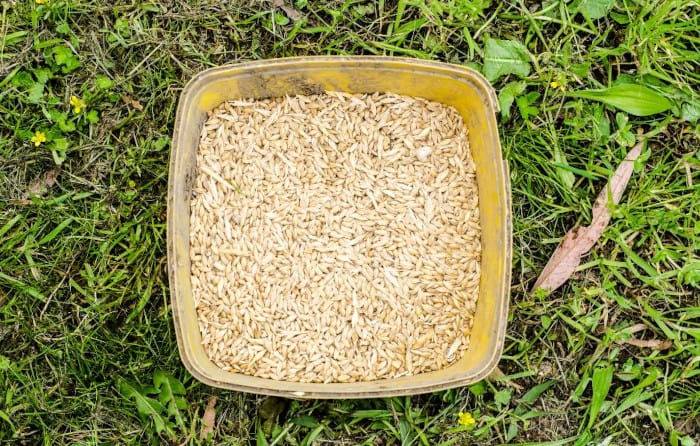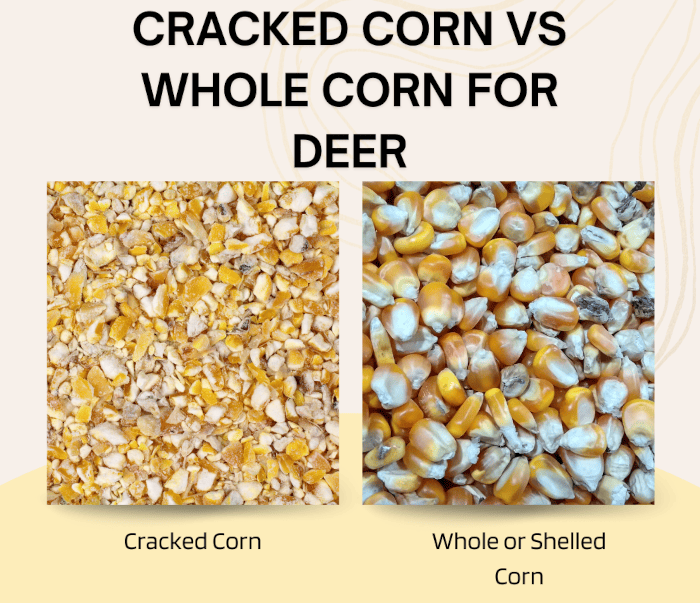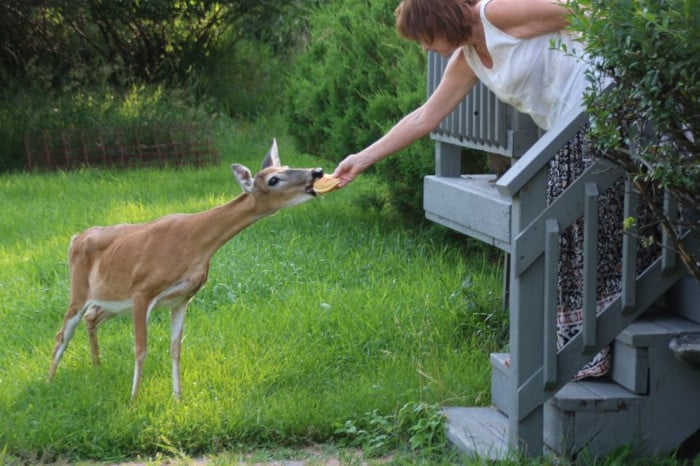If you’re a deer hunter, chances are you’re always looking for ways to improve your success rates. One way to do that is by using deer attractants. But what exactly are deer attractants, and how do they work? Here’s an in-depth look at the different types of whitetail attractant options on the market, including an overview and explanation of how each type works.
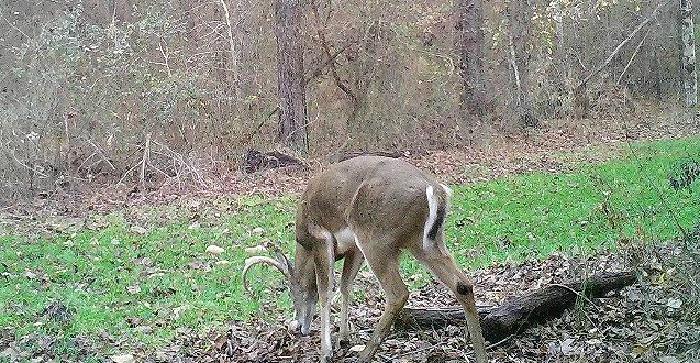
The first thing to understand is that most deer attractants on the market are geared towards the deer’s most potent weapon, their sense of smell. While Whitetail Deer have excellent vision and hearing, their acute sense of smell is what they rely on most to identify danger and locate other deer.
Very much like their name, attractants are designed to attract deer based on scent. Depending on factors like the strength of the scent, wind, geography, etc., deer biologists estimate that deer can pick up a scent from distances as far away as one mile.
Deer Attractant Formats
Commercially produced deer attractants are available in many different formats, including the following:
- Liquid
- Powder
- Aerosol Based
- Block format
Let’s discuss each format in more detail:
Liquid Attractant
Liquid attractant is one of the more popular formats as it is easy to mix (if needed) and easy to distribute. The liquid format is usually highly concentrated, so that a little bit can go a long way. The concentration level makes the liquid format easy to transport and deploy.
The most popular form of liquid-based attractants is mixed in with various food sources like corn or commercial deer feed.
Powder Attractant
Powder-based attractants are also very popular in the deer hunting industry and are most commonly mixed in with a feed source or dispersed directly on the ground. While there are several different powder-based deer attractors on the market, most are made to be mixed in with food.

This style of deer attractor is generally sold by the bag or container and can be cumbersome to transport in the field.
If you’re in the market for a deer attractant to work with deer corn, you may want to check out the related post I did on the Best Deer Attractants to Mix with Corn.
Aerosol Based Attractants
Aerosol-based deer attractants are dispersed via an aerosol spray or aerosol pump. This attractor style generally consists of artificial chemicals that mimic a doe in heat or a buck marking a territory.
Attractants in this format are most effective when used before or during the rut. In addition, this style of attractor is exceptionally concentrated and easy to transport in the field.
Block Attractants
Attractants in this format are generally mineral or food-based attractant that is available in a block format made to be deployed on the ground.
These block-based deer attractors can effectively supplement vitamins and minerals for deer that are vital to antler growth and overall health.
Now that we’ve covered the basic attractor formats, let’s discuss the top-performing attractant versions.
Whitetail Attractant Styles
While there are several different delivery systems for deer attractors, there are also several different attractant styles, including the following most popular ones:
Food-Based Attractors
When it comes to deer attractors, food-based attractants are the most popular and the most widely available. Since deer spend most of their waking lives searching for food, the food-based attractant approach makes perfect sense.
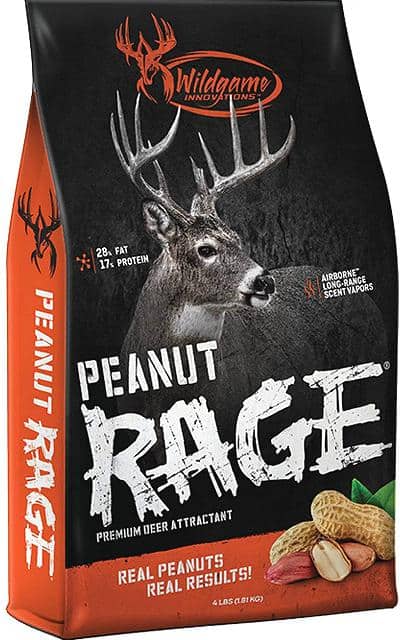
Food-based attractors are typically seen in one of two groups:
Supplemental Food Mix
This attractor style is specifically designed to mix into an existing food source to enhance the flavor or attract more deer due to the more potent scent.
Supplemental deer feed mixes are available in a number of the formats discussed above, but the two most common formats are liquids and powders.
Standalone Food Attractor
This style or type of attractant is designed to function as a standalone food source that is not required to be mixed with an existing food source.
Most standalone food attractants are made to mimic food sources that are not commonly available year-round or are considered a sweet treat for deer. Examples include attractors made from crushed acorns and acorn oil, persimmons, pears, or apples.
The most common format for standalone food attractor products is powder-based.
Deer Scent Based Attractants
This type of attractor generally focuses on attracting bucks and concentrates primarily on scents associated with does (doe urine, doe estrus, etc.). The doe in heat series of scents is most effective before and during the deer mating season (commonly called “rut”).
Although there is a sub-group of scent-based attractants that feature buck-based scents like buck urine or buck tarsal gland scents, buck-based scents are most effective when used during the pre-rut and rut periods when bucks are more territorial and are geared for use at buck rubs and scrapes.
Scent-based attractants of this type are typically sold in a liquid or aerosol format and deployed using a spray or pump.
Mineral Based Attractants
Mineral-based deer attractors are designed to offer a supplemental source of minerals and vitamins that are helpful in antler development and overall deer health.
This style of attractant is generally offered in a block format that deer lick or chew to consume. These blocks are easy to deploy as most are just strategically placed on the ground or embedded a few inches in the ground.
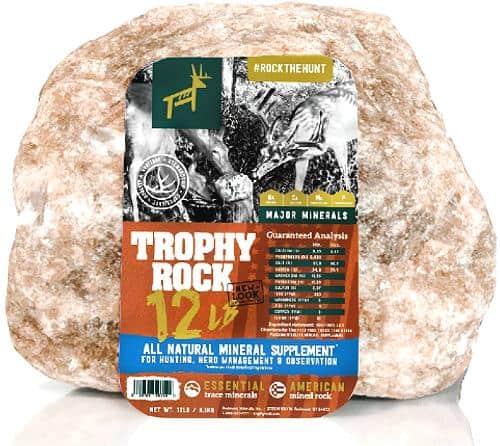
Homemade Deer Attractants
Any discussion about deer attractors would be incomplete without discussing homemade deer attractants. These homemade deer attractor recipes offer a DIY option for those who prefer to make their own attractants. If this option interests you, there are many homemade deer attractant recipes online.
There are several popular homemade attractants (also called deer baits) recipe options online that include food components such as:
- Jell-O
- Kool-Aid
- Peanut Butter
- Maple Syrup
- Vanilla
- Molasses
- Rice Bran
Over the years, I’ve tried several different homemade recipes, and my results have been a bit hit or miss. In some cases, I did see some success, while others seemed to be a flop. Some recipes even seemed to drive deer away versus bringing them in.
While I have customers who swear by certain homemade deer attractors at my day job, I find commercially made attractants to be more effective. However, that’s just my personal opinion based on my experiences with homemade attractants.
FAQS
Here are some frequently asked questions regarding the topic of deer attractants:
What’s the best attractor to bring in big bucks?
The answer to that question is relatively in-depth, so I will do a separate write-up on my favorite deer attractors based on my experiences.
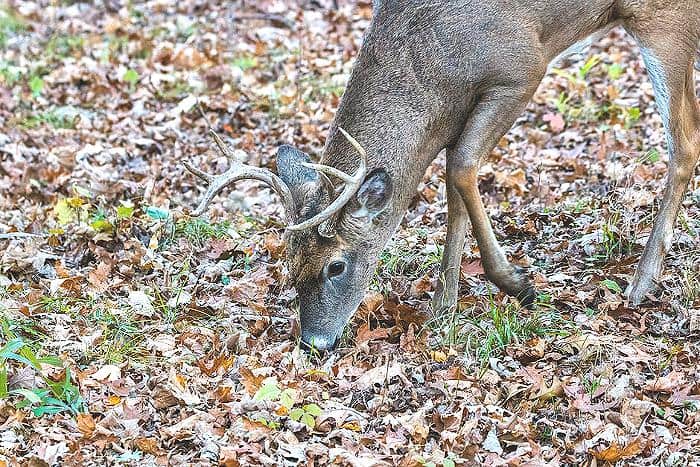
What’s the best homemade deer attractor?
Since my personal experiences with homemade deer attractors have been hit or miss, I’m probably not the best person to answer this question. However, I plan to put together a resource list of popular homemade deer attractor recipes.
Are there any deer scents that are guaranteed to attract deer?
While there are several deer attractors (both commercially made and homemade ones) that “guarantee” success, there are no guarantees when it comes to attracting deer.
About the closest you’ll come to, a guarantee of attracting deer will involve a doe in heat during the mating season. As a result, she will attract more bucks than any homemade or commercial deer attractor on the market.
What is a good deer attractant?
In my experience, the food-based attractants offer the best results as deer of both sexes have to eat daily. Because of their near-constant need to feed, the food attractors have always provided the best results.
The scent-based attractants are very effective as well, but their effectiveness is directly tied to the mating season.
